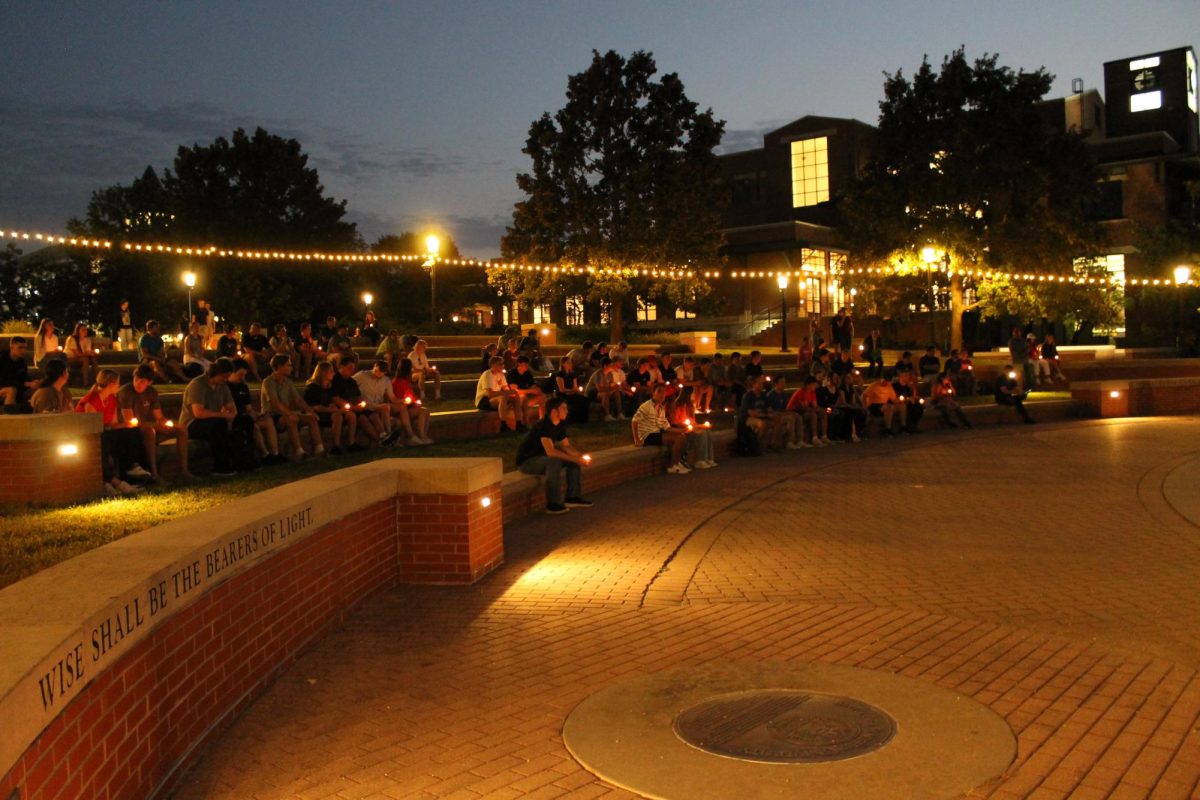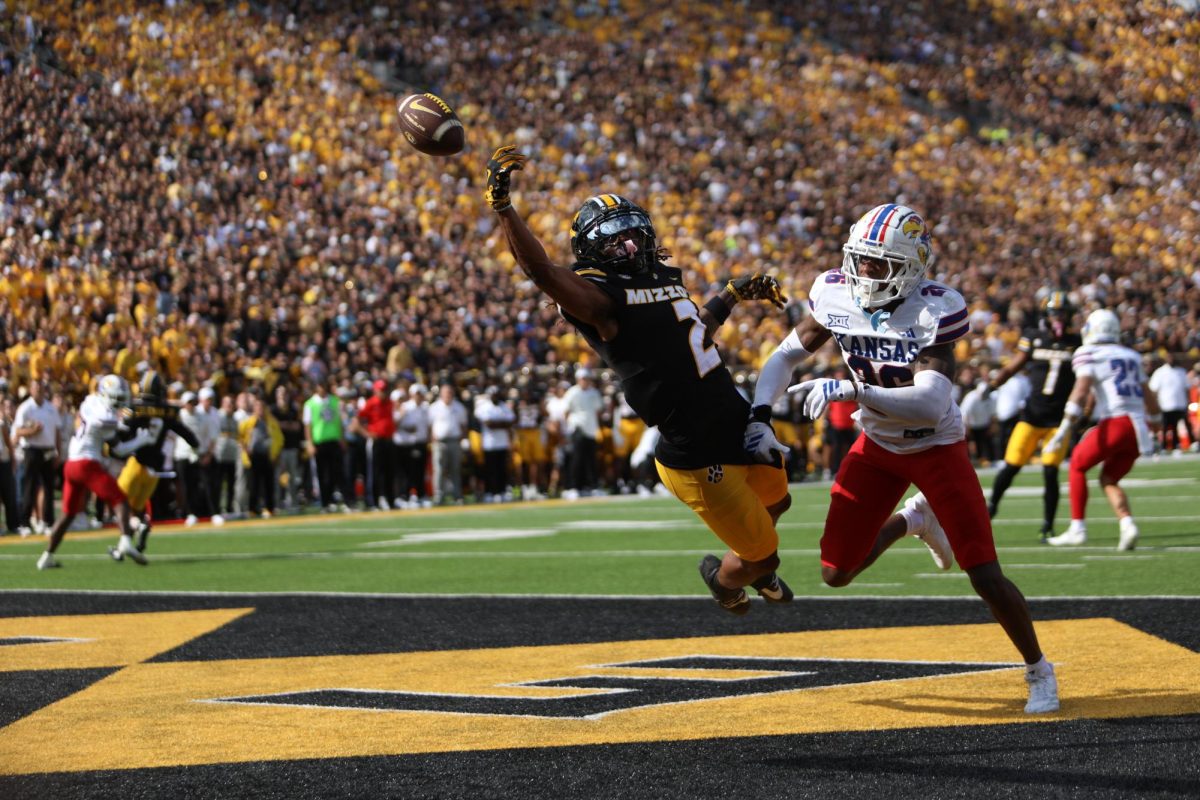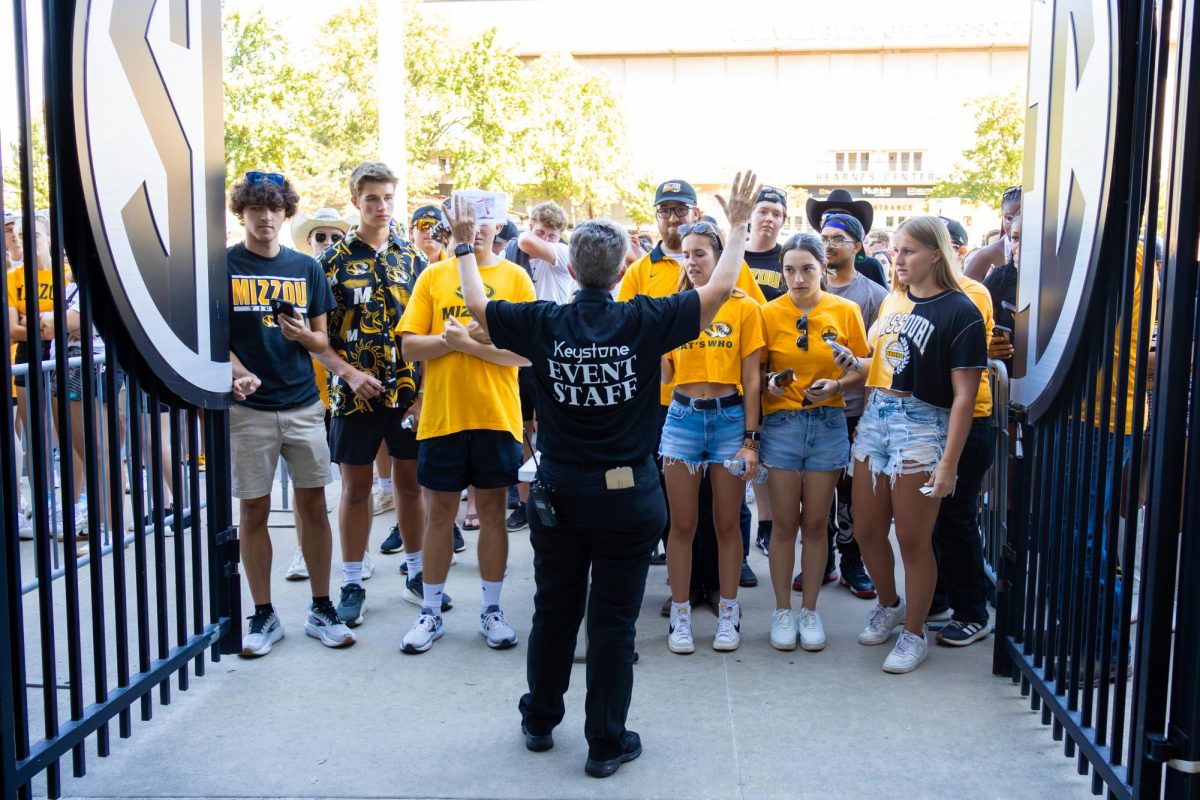As Sheela Lal, South Asian Student Association vice president of online management, was browsing the Internet recently, she came across the story of Sonia Rai, a 24-year-old South Asian American with leukemia.
Rai was diagnosed in December and will be unable to survive if she doesn’t receive a bone marrow match. Since then, the search for a perfect donor has yielded no results.
Lal thought her organization should, and could, do something; not only for Rai but also for the estimated 6,000 people in the country who need a transplant.
“The perception is becoming more and more prevalent that there are people out there who need a transplant,” Lal said. “I feel like saving a life is definitely worth going under minor surgery.”
That’s why she brought up the idea of Friday’s bone marrow transplant registry drive to SASA’s executive board. According to a December 2010, document, Caucasians constitute 74 percent of the registry, while Asians only make up 7 percent.
“You’re more likely to be matched with someone of your own ethnicity,” said Deepika Parmar, SASA vice president of external affairs. “It seems like the right thing to do.”
Because of the low number of minority donors, Lal said the drive is only open to people of an ethnic minority background. This is not to exclude Caucasians but rather to adhere to the drive’s registry organization, the South Asian Marrow Association of Recruiters’ target population.
SAMAR is a national organization that encourages and conducts minority bone marrow drives. Lal expects about 40 people to show up to Friday’s drive.
“Currently we are working with several patients who are in critical need of a marrow or stem cell transplant for a cure,” SAMAR President Rafiya Khan said. “We have lost some patients for whom time ran out not finding a donor. These student registrants are young, committed and will be in the registry for a long time.”
If someone chooses to register, Lal said they wouldn’t be actually donating bone marrow Friday — something she said is a common misconception. The donor’s mouth will be swabbed to collect DNA samples, which will then be sent to a national registry. Then, the registrant’s name will be put on a list and contacted if his or her bone marrow is ever needed.
“It could be whenever,” Lal said. “My parents signed up 10 years ago and they’ve never gotten called.”
Should the call come, however, Lal said donors shouldn’t be worried about the pain of the procedure. This is another misconception about bone marrow donating, she said. It is not necessarily a painful process.
“From what I understand, it’s not as painful as people think it is,” Lal said. “They put you under general anesthesia and you have a day to recuperate after.”
The drive doesn’t conclude SASA’s efforts to benefit bone marrow transplants, Lal said. Later in the month, the group is bringing a South Asian DJ to campus as well as hosting a raffle.
“There’s another aspect to this whole thing which is donations,” Lal said. “There will be a part two to this philanthropic adventure.”
For now, though, the drive is Friday from 11 a.m. until 2 p.m. in Memorial Union’s Lathrop Room.







